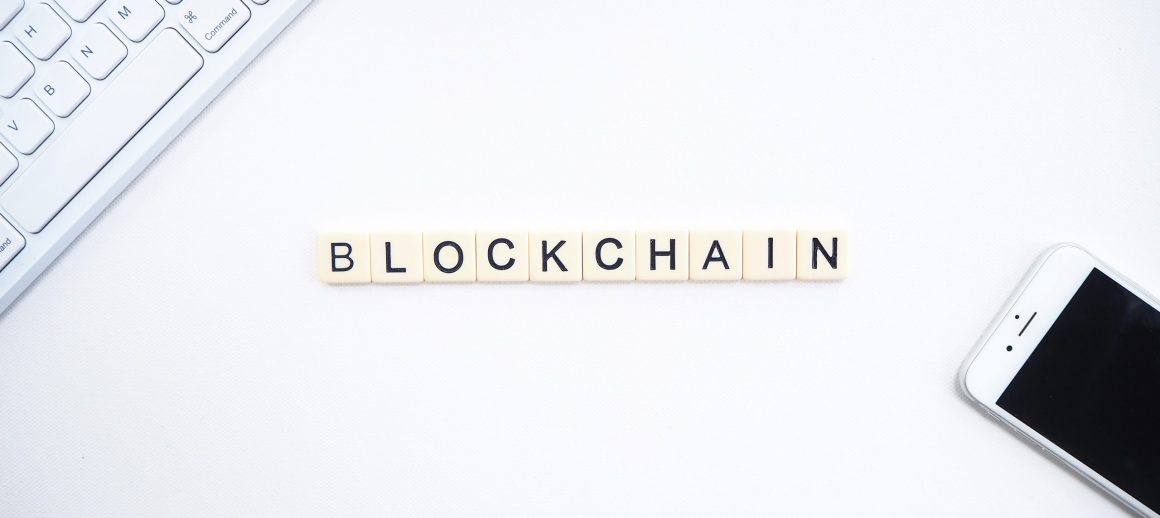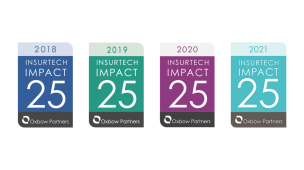Blockchain – 5 lessons I’ve learnt on the road to enlightenment
16 February, 2016 Greg Brown
I’ve been going on a journey with blockchain over the few months. Along the route to ledger-based enlightment, I’ve heard a lot of hype and myths and I’ve spent some considerable time trying to get to the bottom of these. I would definitely not say I’m there yet, in fact if anyone says they have it all sussed don’t believe them.
However I thought I’d share five things that I’ve learnt along the way. A few of these will be blindingly obvious to some of you, but I’m still amazed at the very different levels of understanding people have on the topic.
Top 5 Blockchain Myths….
1. Blockchain and bitcoin are the same thing
I would have hoped we’d moved on from this one, but apparently not. Bitcoin is one use case for blockchain. Bitcoin is a currency, blockchain, a mutual distributed ledger (MDL), is the technology that underpins Bitcoin (and potentially lots of other use cases). It is a way of enabling, recording and acting immutably upon transactions between two or more parties with no need for a single central record keeper.
2. You can always trust a blockchain transaction
Blockchain is not inherently trustworthy. Blockchain depends on a number of parties, who are themselves not directly involved in the transaction, to validate each transaction. In essence to say ‘yes I agree that person one and person two did a thing together as described here’. Bitcoin works by distributing this approval over 1,000s if not 100,000s of people. Individually you’ve no idea who the individuals are and why you might trust them. In aggregate and with the right incentives the system as a whole is trustworthy. In some examples of private blockchain you might have only have three people on the blockchain, two doing the transaction and one person validating the transaction. If this third party is untrustworthy then you can’t trust the transaction and no amount of blockchain can fix this.
3. Blockchain is just a database – Blockchain does provide some of the same functions as a database
Storage of information in a structured way providing a record of data, events, transactions etc. However, Blockchain adds a couple of layers on the top. The first being it’s fundamentally designed to be a trusted record that can’t even disrupt itself. It’s easy to go into a database and tweak a few datapoints. In Blockchain you’d have to disrupt the whole chain. Secondly, the ability to self-trigger actions, to make transactions/events happen automatically. I would caveat this by saying surely databases can do easily this with a few lines of code?
4. Blockchain is more secure than any database
Again it depends. You hear a lot of examples of customer data hacking scandals e.g. Target, T-Mobile. They give the impression that company-owned databases are insecure. But you have to remember that blockchain is relatively new, there is a lot less of value and interest to hack. So, of course, there is less news. Think of Apple in the late 90s / 00s, nobody bothered writing viruses for them, not enough of them to be interesting. Then what about ‘but blockchain is encrypted’, well so are databases, in fact they are stored behind firewalls and all sorts of other tech. Some would argue that keeping blockchain on the outside means it continually has to evolve to protect itself – like antibodies in animals responding to new bacteria and viruses. Blockchain does have the added value of being distributed with no central master record to attack, that I’ll give you.
5. Smart-contracts will make blockchain the new internet
Smart databases are a really interesting use case for blockchain. Imagine an insurance policy that automatically pays in the event of a flood by using weather and flood data feeds. There is definitely potential here but you have to remember that it’s not always quite as simple as you might think. Assuming you’ve got your blockchain set up and nicely distributed. You can surely trust it to autotrigger claims? Well I suppose yes you can. But wait a minute, in the flooding example you’re relying entirely on one single datafeed to trigger the claim. So you’ve gone from having a beautifully distributed blockchain with lots of parties validating it to relying entirely on one data-feed. Suddenly you’ve gone back to the issue of single central trusted authorities again.
As I said at the start this is a journey and not just for me. Everyone is learning what the technology is capable of and more importantly the commercial value it can provide. I look forward to seeing what happens over the next year. What we can be sure of is the world will have moved on a huge amount.
If you are going on the same journey and have learnt new and different things then please do let me know at [email protected]



